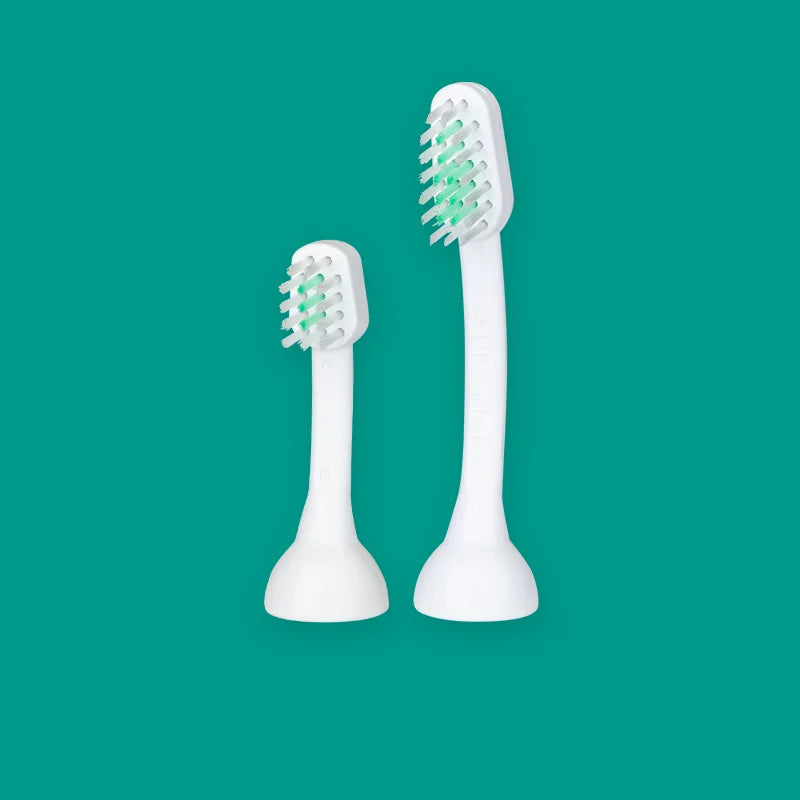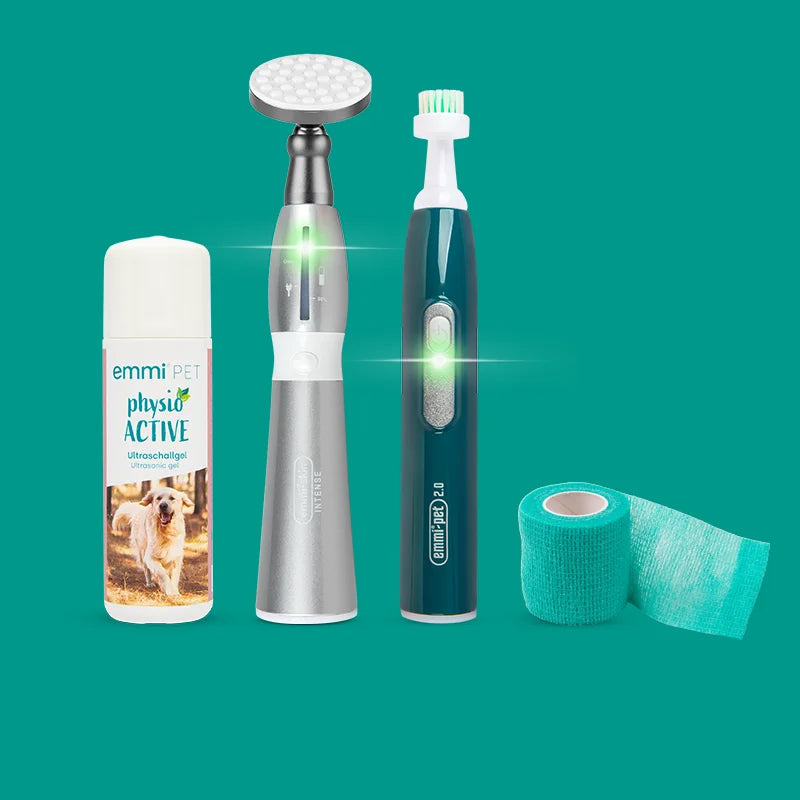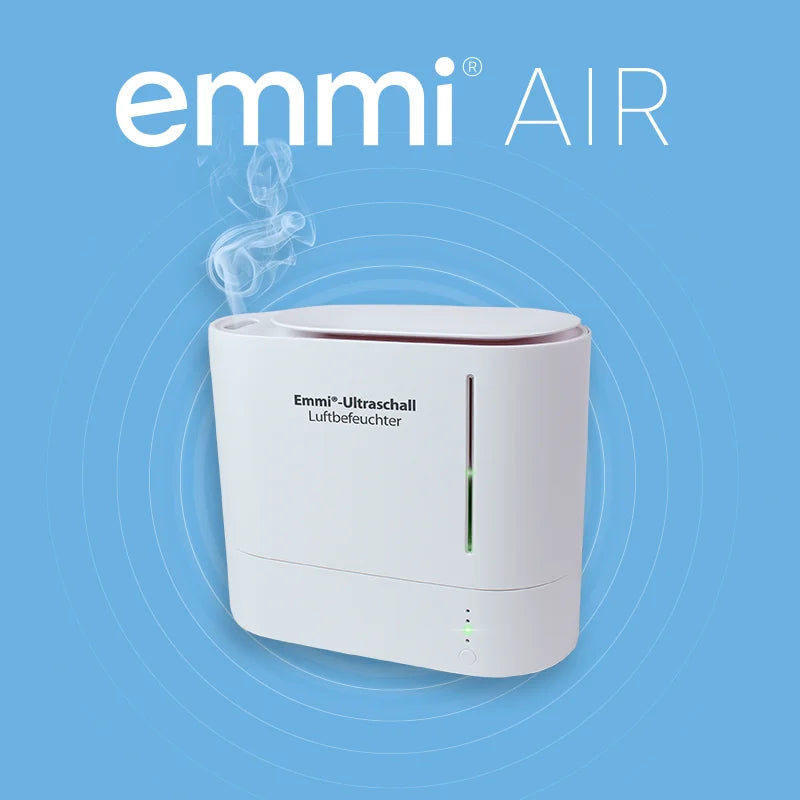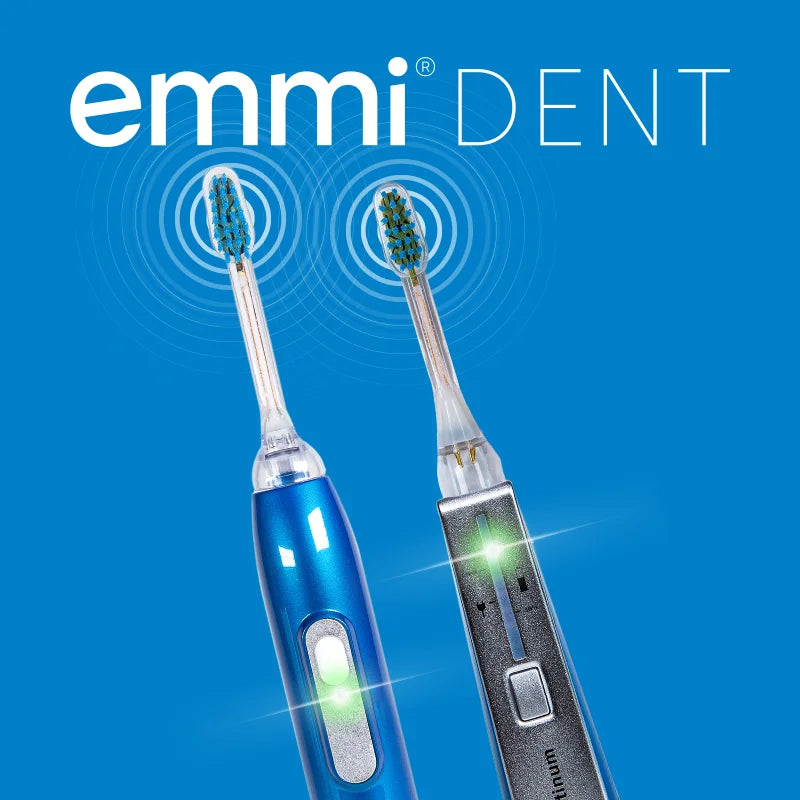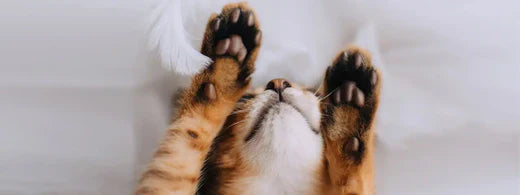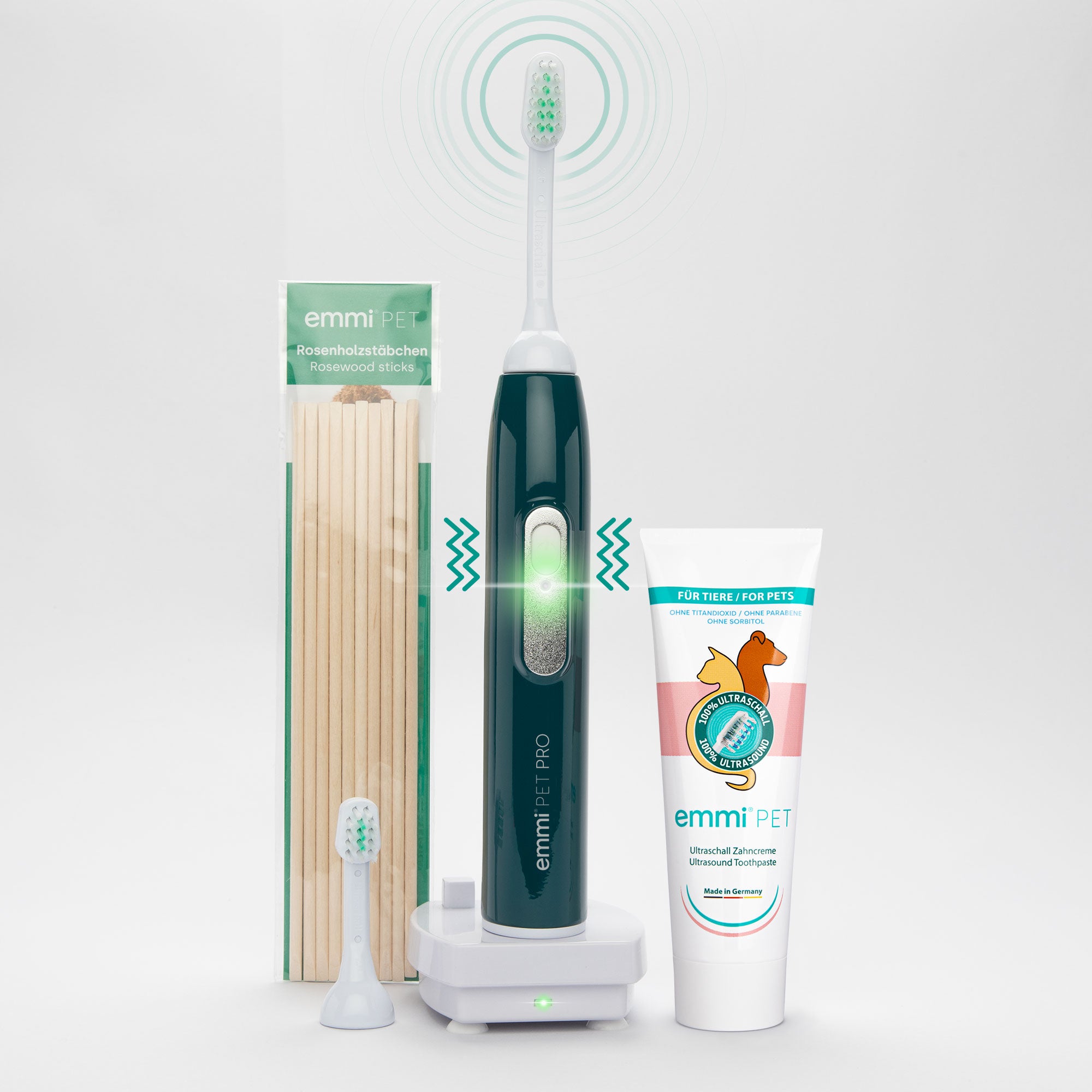Does your cat have bad breath ? Bad breath in cats can have numerous causes. In most cases , problems with the gums or teeth are the culprit . In addition to dental problems, metabolic or organ disorders can also be the cause of your cat's strong odor. In today's blog post, we'll explain why your cat has bad breath and how you can prevent dental problems.
Find the cause of bad breath in cats
If your cat has bad breath shortly after eating , there's no need to worry. This is completely normal due to wet food. However, the smell should return to normal within an hour. It's a different story if your cat's mouth is consistently pungent . In this case, you should definitely investigate the cause. We recommend consulting a veterinarian.
The most common causes of bad breath in cats include dental or gum problems . Tartar is often the trigger. It appears as a brown-yellow deposit on the gum line or tooth surface. Particularly stubborn plaque can lead to serious health problems and discomfort in your cat.
The combination of food debris that can accumulate between teeth, saliva, and harmful bacteria promotes the formation of plaque . This plaque, also known as dental plaque, is quite soft in its early stages.
Saliva causes the initially soft deposits to gradually solidify and harden . Hardened deposits are called tartar. This almost always leads to painful gum inflammation, which can subsequently damage your cat's teeth.
In addition to tartar, injuries to the gums or inflammation of the periodontal ligament can also lead to bad breath. Infections caused by bacteria and viruses, as well as tumors in the oral cavity, can also be responsible for the bad breath coming from your cat's mouth . In rare cases, bad breath in cats can also be a symptom of an organ disease such as kidney failure.
Avoid bad breath – prevent dental diseases
If you want to avoid bad breath in your cat and prevent dental disease, you should ensure that tartar doesn't form on your cat's teeth in the first place. Existing tartar should be removed regularly, or you should have it removed. Since professional tartar treatment at your dentist often involves anesthesia, we recommend regular teeth cleaning from an early age with our emmi®-pet ultrasonic toothbrush for cats .
Inflammation of the gums is also clearly visible, with slight redness at the edges . It's not uncommon for the gums in this area to also be swollen. Bleeding gums also indicate gingivitis. Severe gingivitis can also be prevented through regular dental care and oral hygiene with our emmi®-pet ultrasonic toothbrush for cats .


